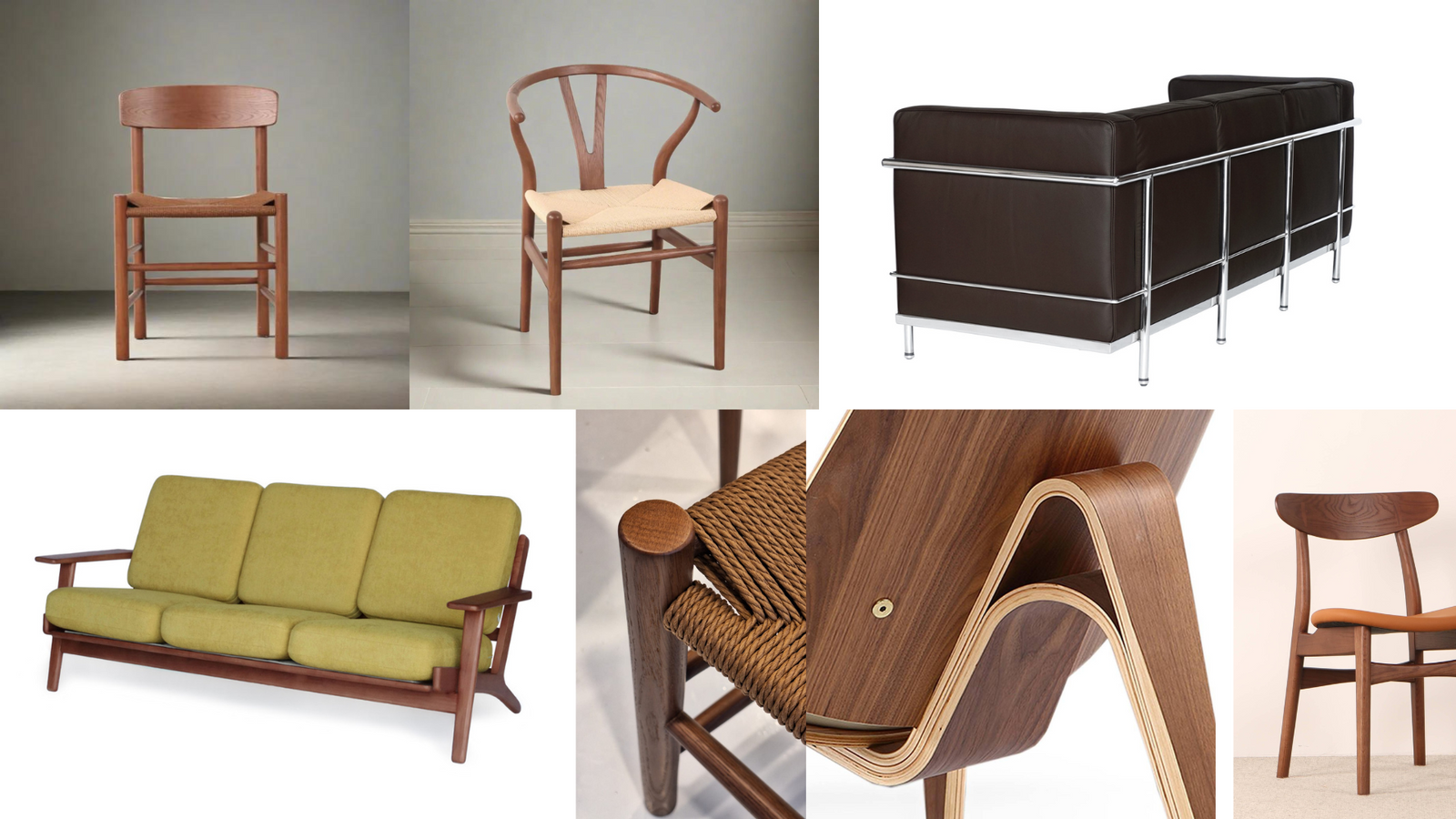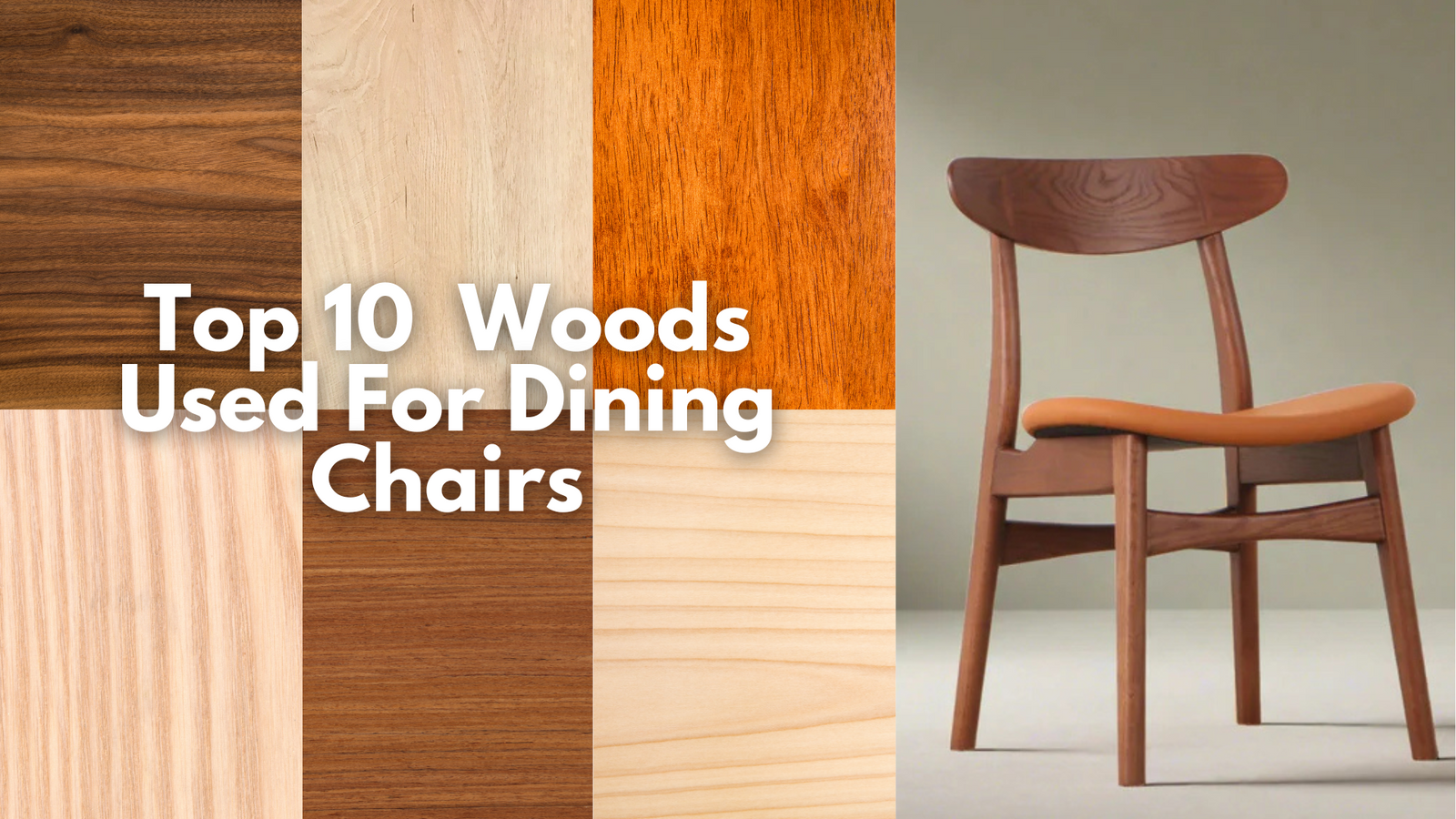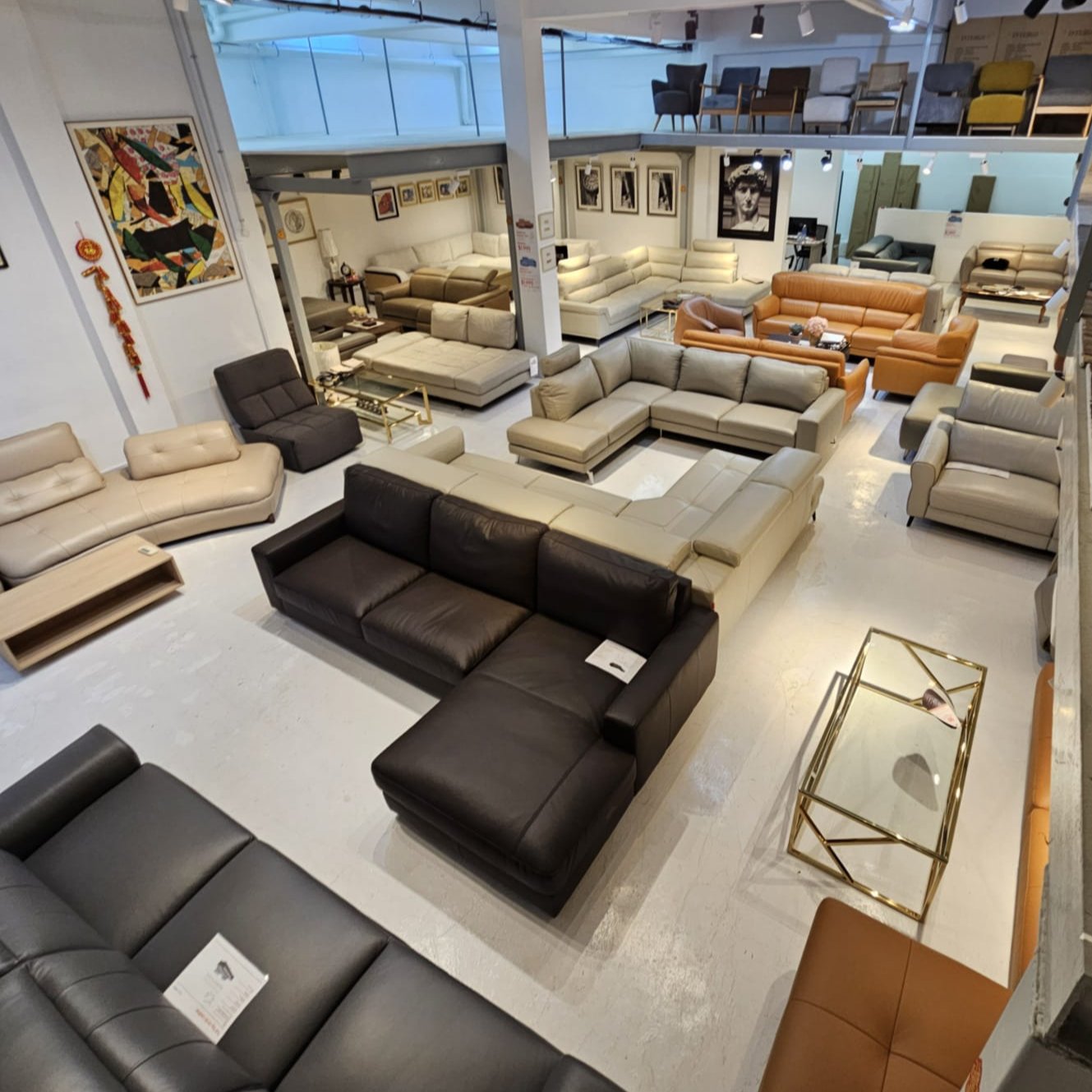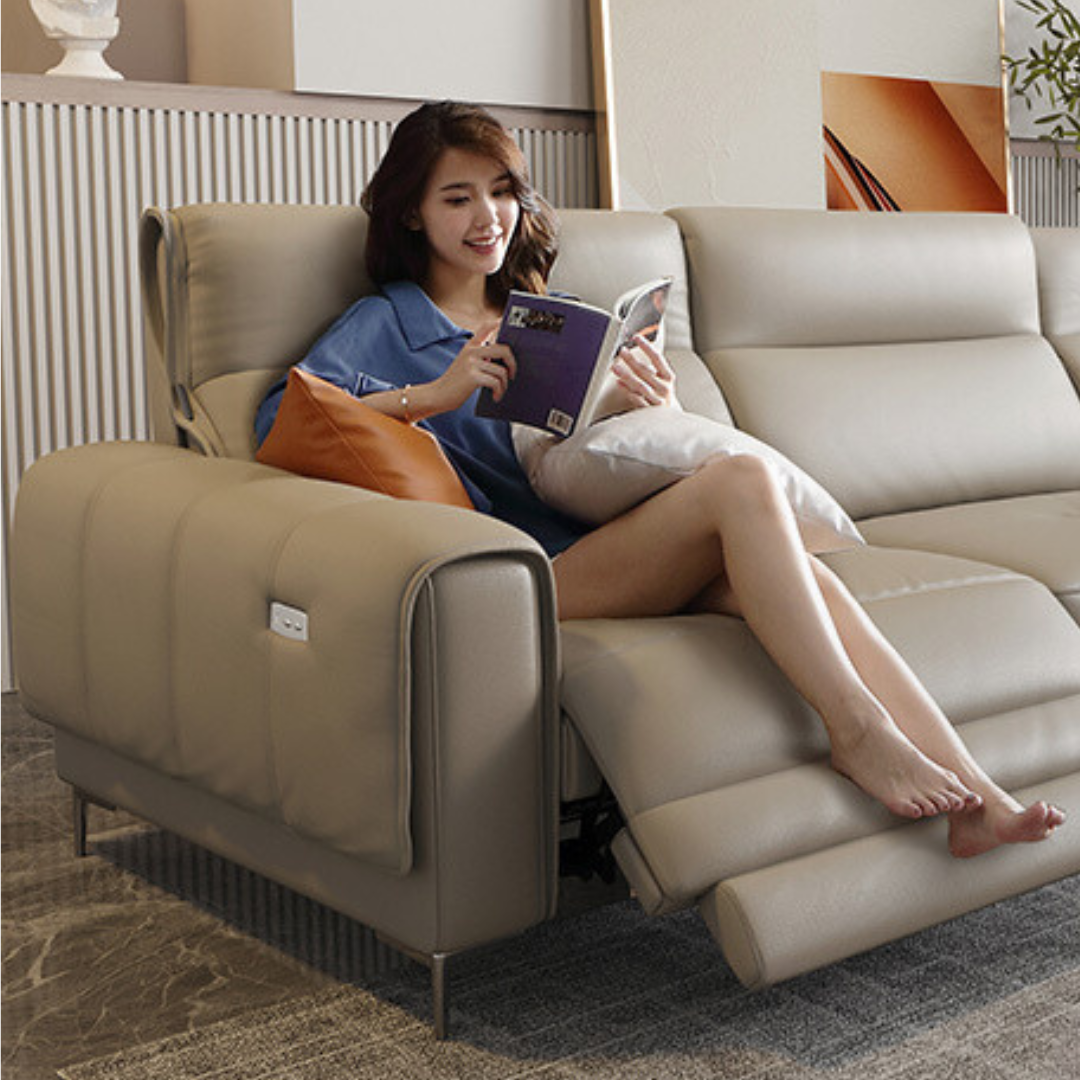The recognition of modern classic furniture patents in Asia has been a topic of significant discussion and controversy. Various factors contribute to the unique legal landscape concerning these designs in the region.
1. Lack of Recognition for Modern Classic Furniture Patents
In several Asian countries, patents for modern classic furniture designs are not widely recognized. This lack of recognition stems from differences in intellectual property laws and the interpretation of what constitutes a patentable design. Unlike in some Western countries, where specific furniture designs can be patented, many Asian countries may not consider these designs as meeting the criteria for patent protection.

Custom Solid Wood Veneer Lounge Chair - Cameo Chair (CH9103)
2. Patent Expiry Period
Patents typically have a limited duration. In many jurisdictions, design patents expire after 14 years. Once a patent expires, the design enters the public domain, meaning it can be freely used and reproduced by anyone. This expiry period ensures that innovative designs are eventually accessible to the public, fostering further creativity and development within the industry.
3. Copyright Law as a Form of Protectionism
The application of copyright law to modern classic furniture designs can be seen as a form of protectionism. Unlike patents, which have a fixed term, copyrights can last much longer (the life of the author plus 70 years in many countries). By classifying furniture designs under copyright law, designers and manufacturers can maintain exclusive rights over their creations for extended periods. This extended protection can limit competition and keep prices high, as others are prevented from producing similar designs without permission.
4. Impact on the Furniture Industry
The enforcement of copyright law on modern classic furniture designs impacts both producers and consumers. For producers, it can mean significant legal and financial barriers to entering the market with similar designs. For consumers, it can result in higher prices and limited access to a variety of furniture options. This form of protectionism can stifle innovation and competition within the industry.
5. The Balance Between Innovation and Access
The debate around modern classic furniture design protection highlights the need for a balance between encouraging innovation and ensuring public access. While designers deserve recognition and compensation for their creations, overly restrictive protections can hinder the overall growth and dynamism of the design industry. It is crucial to find a middle ground where both interests are adequately addressed.
Conclusion
The issue of modern classic furniture design patents and their recognition in Asia underscores the complexities of intellectual property law in a globalized world. With patents expiring after 14 years, these designs eventually become public domain, promoting wider access and use. However, placing them under copyright law extends protection significantly, which can be seen as a form of protectionism. Finding the right balance between protecting designers' rights and fostering industry innovation is essential for a healthy and competitive furniture market.
Top Dining Chair Questions
- What Are the Typical Dimensions of a Standard Dining Chair?
- What Are Some Space-Saving Dining Seating Options?
- Can I Mix and Match Dining Chairs with Different Styles?
- What Are Hans Wegner's Most Famous Dining Chair Designs?
- What Are the Advantages of Using Armchairs for Dining?
- What Are Bauhaus Design Dining Chairs?
- What Are Modern Classic Design Dining Chairs?
- What Are Some Popular Materials Used for Dining Chairs?
- What Are the Different Types of Dining Chairs Available?
Follow our facebook page for the latest deals.















